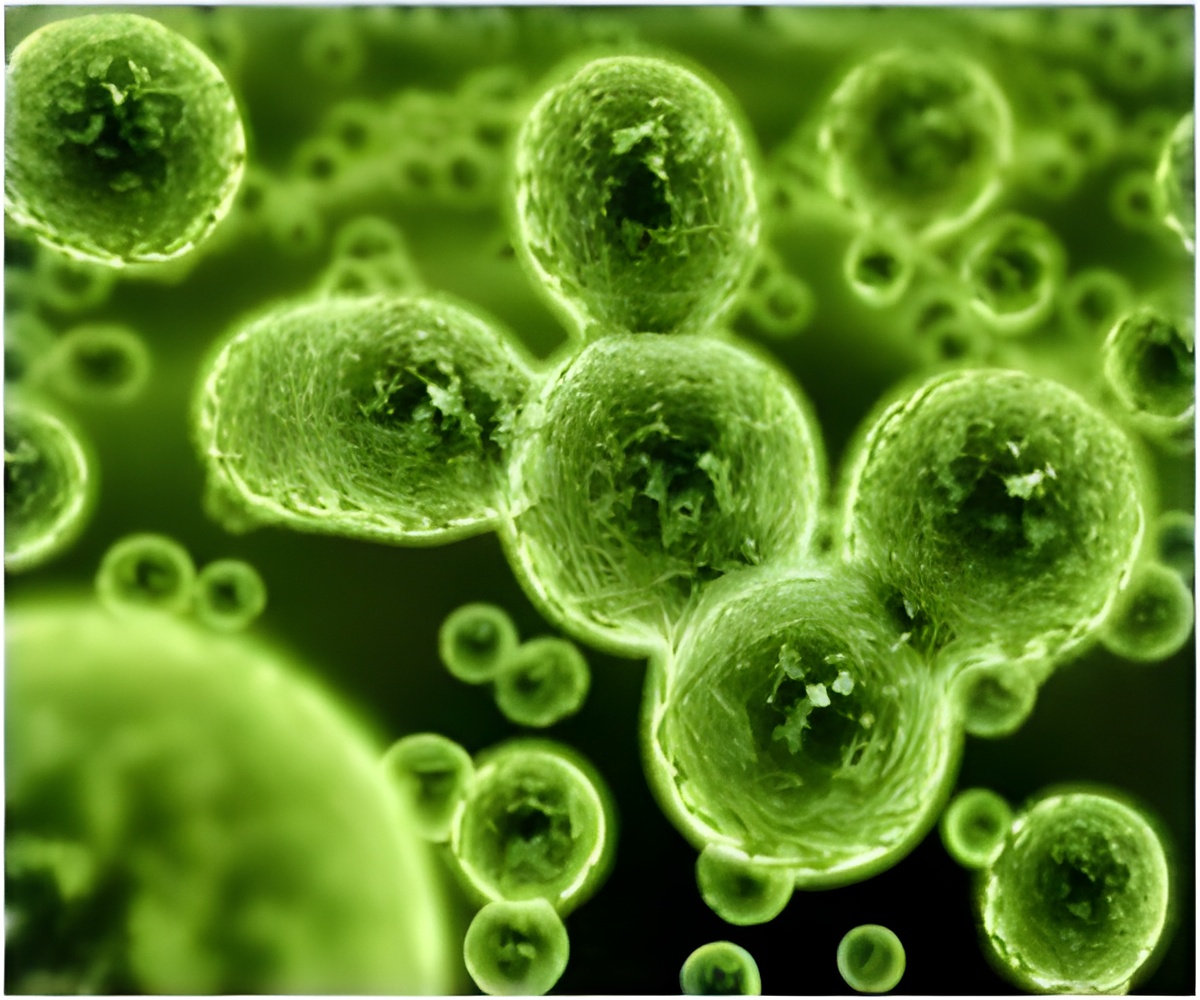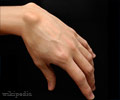Phage therapy could provide a potential treatment for managing infections. The new study expands the clinical use of phage therapy on prosthetic-joint infections of the hip and knee.

TOP INSIGHT
The new study expands the clinical use of phage therapy on prosthetic-joint infections of the hip and knee.
Phages are naturally occurring viruses found throughout the earth that target and kill specific bacterial cells, including those that have grown resistant to multiple antibiotics. The microscopic organisms, numbering in the billions, destroy bacteria by injecting their DNA or RNA into the bacteria to replicate and burst the cells open.
Although phage therapy is new to Mayo Clinic, the bacterial predators were discovered more than a century ago, predating antibiotics. Today, much of the basic science of phages remains to be discovered.
Dr. Suh oversaw the first phage treatment at Mayo Clinic in June 2019, when a 62-year-old man was facing potential amputation after multiple failed courses of antibiotics and surgery. The intravenous use of phage therapy was approved by the U.S. Food and Drug Administration on a compassionate-use basis.
"We started phage therapy as kind of a last-ditch effort to save his limb, and the patient responded beautifully," Dr. Suh says. "He has remained asymptomatic after completing treatment and he experienced no adverse effects."
Study co-author Robin Patel, M.D., says biofilms are communities of bacteria held together in a slimelike substance and that growth in biofilms enables bacteria to evade the effects of many antibiotics.
Dr. Patel uses proteomic analysis to identify a patient's bacterium to begin the process of matching it with a phage.
"We then test a collection of phage against that particular patient's species of bacteria to determine which might work best," Dr. Patel says. "We're looking for the ability of phage to either kill or keep these bacteria from growing as a measure of activity."
She says as the world faces a growing public health threat from drug-resistant bacterial infections, and that it is possible that phage therapy could save lives, but more study is needed.
"There have been several patients who have been treated with phage with promising outcomes, but as a scientist, a single case like ours, or even a collection of single cases, is not enough to prove that a therapy is active," Dr. Patel says.
Mayo Clinic is launching a two-year clinical trial later this year to continue to evaluate phage therapy in the treatment of infectious diseases.
Source-Eurekalert
 MEDINDIA
MEDINDIA



 Email
Email







